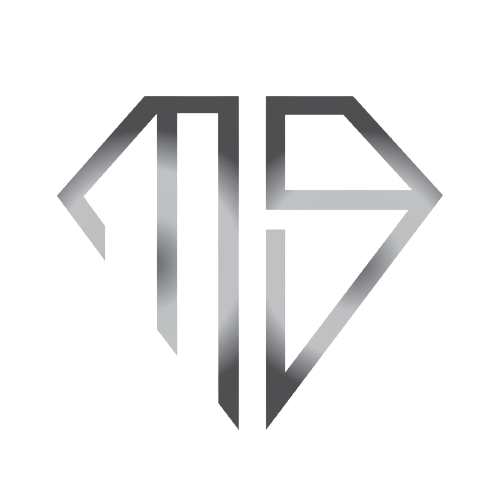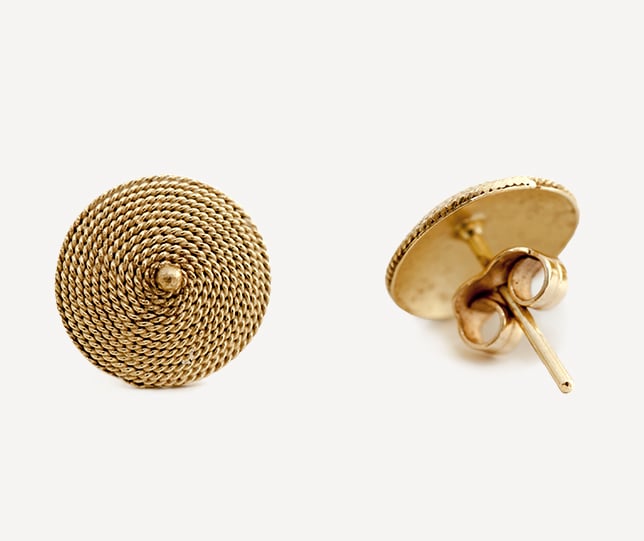Some diamonds are mined underground and some are minded above ground. CVD Diamonds are diamonds that are created in labs by a chemical process, known as Chemical Vapor Deposition; unlike natural diamonds that take billions of years to be formed.
CVD Diamonds are identical to mined diamond, have the appearance of natural diamonds and it is impossible to spot the difference with the naked eye, even an experienced jeweler can’t identify the difference. However, natural diamonds have tiny amounts of nitrogen, while Lab Grown Diamonds have no nitrogen.
The Federal Trade Commission (FTC) determined in 2018 that synthetic diamonds and real diamonds are, for all intents and purposes, the same thing: 100 percent a diamond!
CVD Diamonds are created using a unique and innovative technology. A thin seed diamond is placed inside a sealed chamber and exposed to high temperatures (Usually around 800 °C) in chemical vapor deposition at very low pressures. Following the process, the chamber should be filled with carbon-rich gas mixture (typically hydrogen and methane). Ionization of gases breaks down their molecular bonds, allowing pure carbon to adhere to the diamond seed. Then the carbon enlarges to creates atomic bonds with the diamond seed, leading in the formation of a new diamond that looks just like natural diamonds.
However, the process is slow, with bigger surfaces moving at a rate of 0.1-10 microns per hour (smaller surfaces grow at slower rates). The time it takes to produce a 1ct CVD diamond is commonly estimated to take about a month.
General Electric developed the first lab-grown diamond in 1955. DeBeers purchased the technology, which then vanished for many years. While the GE/DeBeers diamond was grown using the HPHT method, it paved the way for further technological advancements that led to the development of CVD diamonds. CVD diamonds had become a reality by the 1980s.
Despite the fact that the average of CVD diamonds is likely to be of higher grade than the average mined diamond, CVDs still have a wide range of quality. This is because the processes that make diamonds in nature are virtually the same in the lab.
As a result, once CVD diamonds have completed their growth, they undergo the same certification process as mined diamonds. Qualified diamond certification labs measure and assess the diamonds’ color, cut, clarity, and carat (the 4 Cs), and each diamond is given an overall grade.
Everything is relative when it comes to cost. So, when we say CVD diamonds are affordable, we truly mean that they cost roughly 20%–30% less than mined diamonds.
The cost of making a CVD diamond is significantly lower than the cost of mining and shipping a natural diamond, not to mention the added human and environmental costs of diamond mining.
The cost of extracting diamonds from the ground is incalculable. Diamond mining’s environmental and ethical difficulties have a long-term harmful influence all over the planet. Mined diamonds are sometimes referred to as “conflict diamonds” (or even “blood diamonds”) since they are unlawfully trafficked to support violence in war-torn places. Some diamond mines have appalling working conditions, which can result in worker injuries or even violations of human rights.
There are also environmental concerns to consider: every carat of natural diamond removed from the earth disturbs over 100 square feet of land and produces nearly 6000 pounds of mineral waste.
CVD diamonds aren’t found in mines. They’re not used to support wars. They also produce almost no mineral waste. As a result, they provide certain major advantages over natural diamonds (even if these advantages aren’t visible under a microscope).









